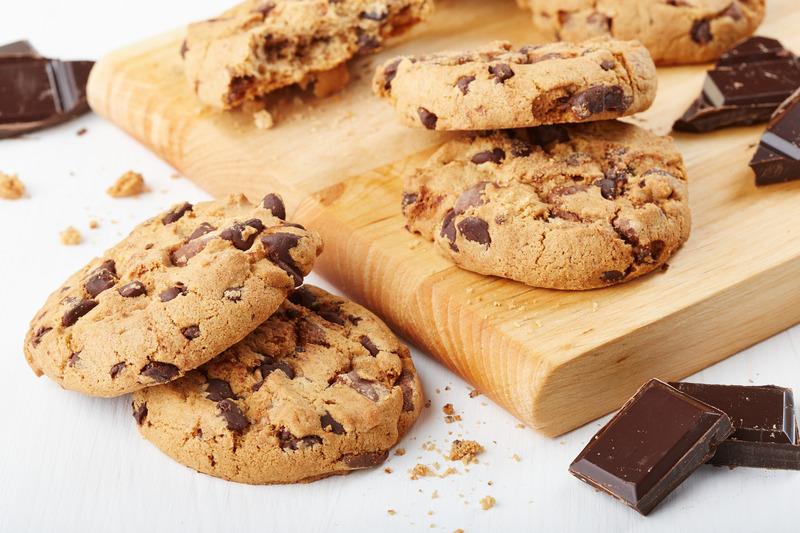 Baking cookies is a beloved pastime for many, and the aroma of freshly baked cookies wafting through the kitchen is a nostalgic and comforting experience.
Baking cookies is a beloved pastime for many, and the aroma of freshly baked cookies wafting through the kitchen is a nostalgic and comforting experience.
But have you ever wondered about the science behind this delectable treat?
Baking cookies is not just about mixing ingredients and following a recipe; it’s also about understanding the chemistry at play.
In this article, we’ll explore the fascinating chemistry behind baking cookies, from the ingredients to the baking process.
The Basic Ingredients
- Flour
Flour is a fundamental component of most cookie recipes.
It provides structure and texture to the cookies.
Wheat flour contains proteins, primarily gluten, which plays a crucial role in cookie chemistry.
When mixed with liquid and kneaded or stirred, gluten forms a network that traps air and gives cookies their structure and chewiness.
- Sugar
Sugar serves more than just a sweetening role in cookie recipes.
It contributes to the texture, color, and tenderness of the cookies.
Sugar also helps with the Maillard reaction, a chemical reaction responsible for browning and enhancing the flavor of the cookies during baking.
- Fats
Fats, often in the form of butter or oil, play a vital role in cookies.
They provide moisture, tenderness, and flavor to the final product.
The fats in cookies also aid in creating a desirable texture by coating the flour particles, preventing excessive gluten formation.
- Eggs
Eggs act as binders and emulsifiers in cookie recipes.
The proteins in eggs help hold the dough together, while the fats in the yolks contribute to the cookies’ richness and flavor.
Eggs also help with leavening, as they trap air and water vapor when beaten, leading to a lighter texture.
Chemical Reactions During Mixing

- Leavening Agents
Most cookie recipes include leavening agents like baking soda or baking powder.
These chemicals react with acidic or moisture-containing ingredients in the dough to produce carbon dioxide gas.
The gas gets trapped in the dough, causing it to rise and create a softer, more tender texture.
- Maillard Reaction
As the cookie dough bakes, the Maillard reaction occurs.
This complex chemical reaction between amino acids (from proteins in the flour and eggs) and reducing sugars (from the sugar in the dough) results in browning and the development of rich, complex flavors.
This is responsible for the golden brown color and delightful aroma of freshly baked cookies.
- Caramelization
In addition to the Maillard reaction, caramelization can occur when sugars reach high temperatures during baking.
This reaction contributes to the sweetness and flavor of the cookies, as well as their crispy texture.
The Baking Process
- Heat Transfer
During baking, heat is transferred from the oven to the cookie dough.
This heat causes the fats in the dough to melt, leading to the cookies’ spread and tenderness.
It also helps in the evaporation of moisture from the dough, creating a crispy outer layer.
- Evaporation
As the cookies bake, water in the dough turns into steam.
The steam contributes to the rise of the cookies and their light, airy texture.
This process is particularly important in recipes that use a higher proportion of eggs or liquids.
- Setting and Cooling
As cookies bake, the proteins and starches in the dough continue to set.
This is when the cookies firm up and achieve their final texture.
After removing the cookies from the oven, they need to cool to room temperature to fully set and become crisp.
Bottom Line – What is the Chemistry Behind Baking Cookies?
 In conclusion, baking cookies is a delightful blend of chemistry and artistry.
In conclusion, baking cookies is a delightful blend of chemistry and artistry.
Understanding the chemistry behind the ingredients and the reactions that occur during baking can help you perfect your cookie recipes.
So, the next time you whip up a batch of your favorite cookies, you’ll not only enjoy the delicious results but also appreciate the science that makes them possible.


